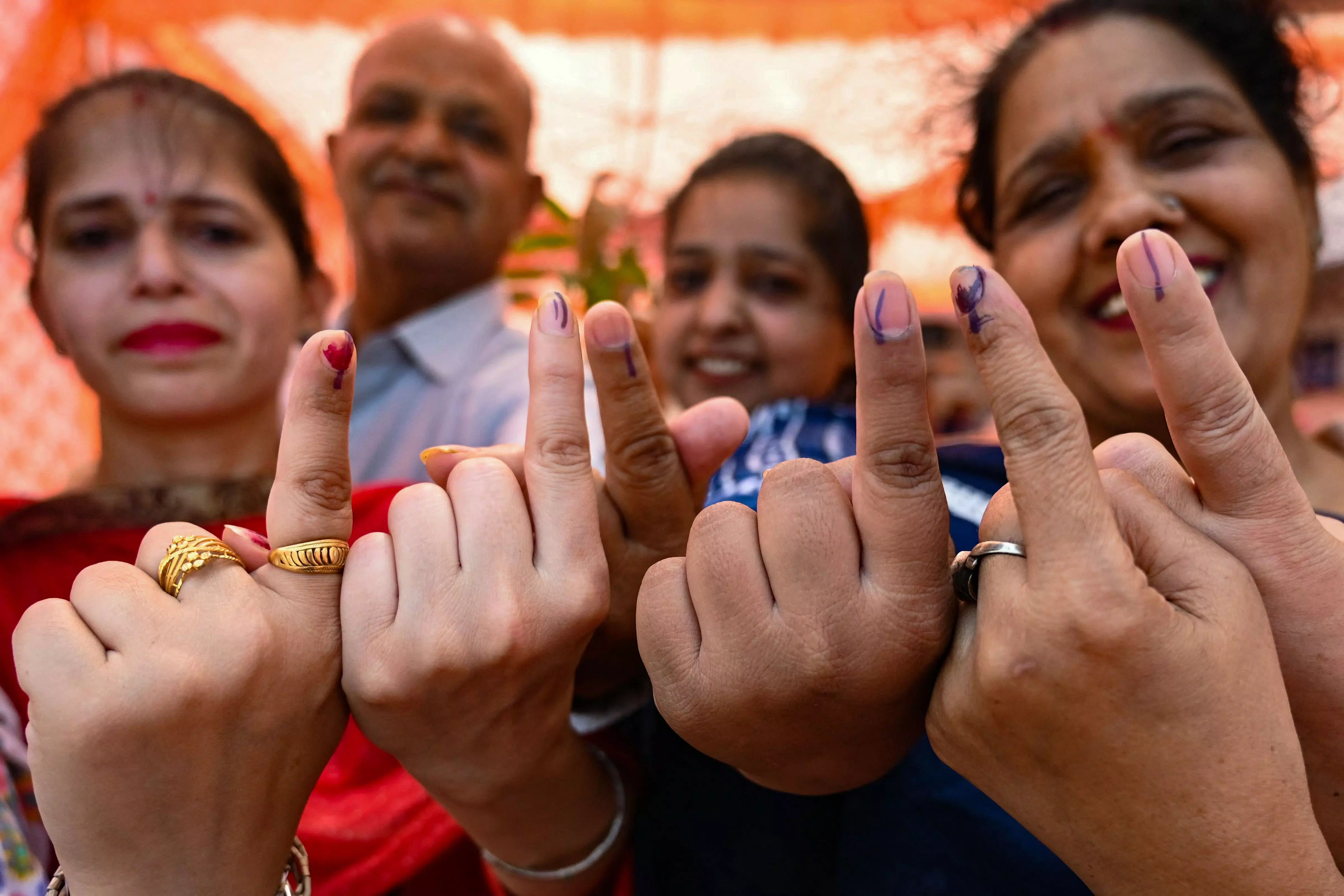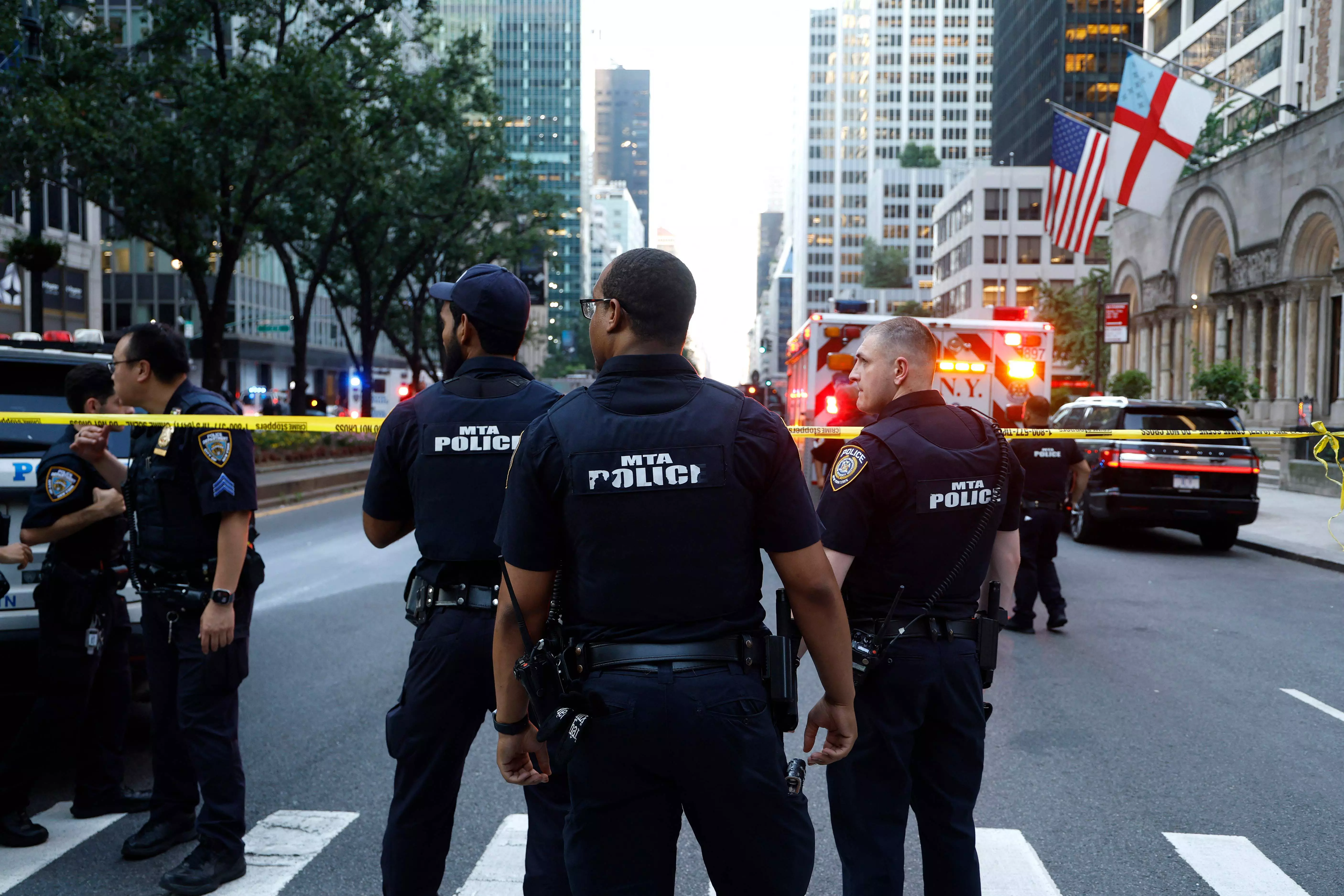
In an anecdote narrated by Khushwant Singh, a foreigner and his Indian friend are on a stroll when they see a crowd of protestors pass by the street. The foreigner asks who they are. ‘Rulers of the land,’ replies the Indian. A few minutes later, a cavalcade of cars passes by. ‘And these?’ ‘Servants of those rulers,’ comes the reply. In India’s democracy, politicians may act like rulers, but it’s the people who truly hold the power.
It isn’t unusual for a ruling party to be checked after two terms. Despite the ruling party’s control over institutions, media, and public mandate in recent years, the recent Indian elections proved that democracy is a great equalizer whenever leaders grow distant from the people. India’s elections showed that people can collectively decide the best course for the country, when all others fail. The era of one-party dominance gave way to coalition politics, preferred in India since the 1991 economic reforms. It was a coalition that brought the NDA to power in 2014 and again in 2019. However, as the BJP, the leading party in the NDA, threatened to grow out coalitional politics and establish single-party dominance, concerns arose about the future of multi-party governance. The return to an equitable power structure while maintaining governance continuity was thus a collective correction by the voters.
Politicians need crises to grow strong. Prime Minister Modi experienced a crisis early in his career, survived, and grew stronger. This time, the crisis stemmed from simmering issues of discontent within and outside. The BJP leadership centralized most decisions, resembling the days of Indira Gandhi when sycophants influenced decisions, and ambitious state leaders were cut to size. In recent times, the BJP had begun to strangely mirror Indira Gandhi’s era with political fanboys and media opportunists ready to cheer every move. The disconnect and arrogance trickled down to local levels. The correction was bound to come.
In May, BJP national president JP Nadda claimed the party had grown and could now run itself, suggesting it no longer needed coalition politics. However, the Ayodhya temple ceremony, intended to provide an electoral edge, resulted in the BJP losing the Ayodhya seat. This highlighted the leadership’s disconnect from ground politics. Laloo Singh, the BJP candidate from Ayodhya, made a controversial statement about amending the constitution if the BJP won 400 seats. Although it was dismissed as a faux pas, the statement’s context mattered more than the text in a Dalit dominated constituency. Singh’s statement on Ambedkar Jayanti alarmed the Dalit community, allowing the Samajwadi Party to capitalize on the BJP’s blunder and win with a Dalit candidate.
The BJP’s rise was due to a culture of encouraging state-level leadership and decentralized governance. However, recent years saw the abandonment of that practice resulting in the sidelining of Shivraj Singh Chauhan, Devendra Fadnavis, Vasundhara Raje Scindia and now, Yogi Adityanath. In Bengal, the lack of local leaders led to a campaign focused on Modi, causing language and cultural disconnects. Mamata Banerjee capitalized on religious polarization, resulting in a victory for her party. In newer areas like Southern India and Odisha, the BJP made gains due to local leaders, underscoring the importance of local voices.
In this election, despite internal disagreements, the BJP gave tickets to over 100 candidates who had crossed over from Congress. Only a few among them won the polls, thus proving that the voter could outsmart the politicians. The Agniveer scheme received mixed responses from the armed forces, many of whom felt it was hastily implemented. Top-down decisions, similar to the handling of state level issues, failed to resonate in India’s diverse landscape. The elections served as a mirror for the ruling party: adapt or face consequences.
The future holds interesting prospects as the Narendra Modi-led BJP government must now work in a coalition. Modi is familiar with coalition governance from his first term as PM. However, key architects of coalition politics like Arun Jaitley and Sushma Swaraj are no longer around, and the BJP has preferred going it alone in recent years. After a brief period of single-party dominance, India returns to coalition politics, with regional parties flanking a dominant national party.
The message of the elections is clear: the voters have underscored the importance about collaborative governance through cooperative federalism – a necessary term that had been lost in the maze of power in recent times. India is too diverse and complex to be governed otherwise.
The writer is the author of ‘Watershed 1967: India’s Forgotten Victory over China’ and ‘Camouflaged: Forgotten Stories From Battlefields’. Tweets @iProbal






